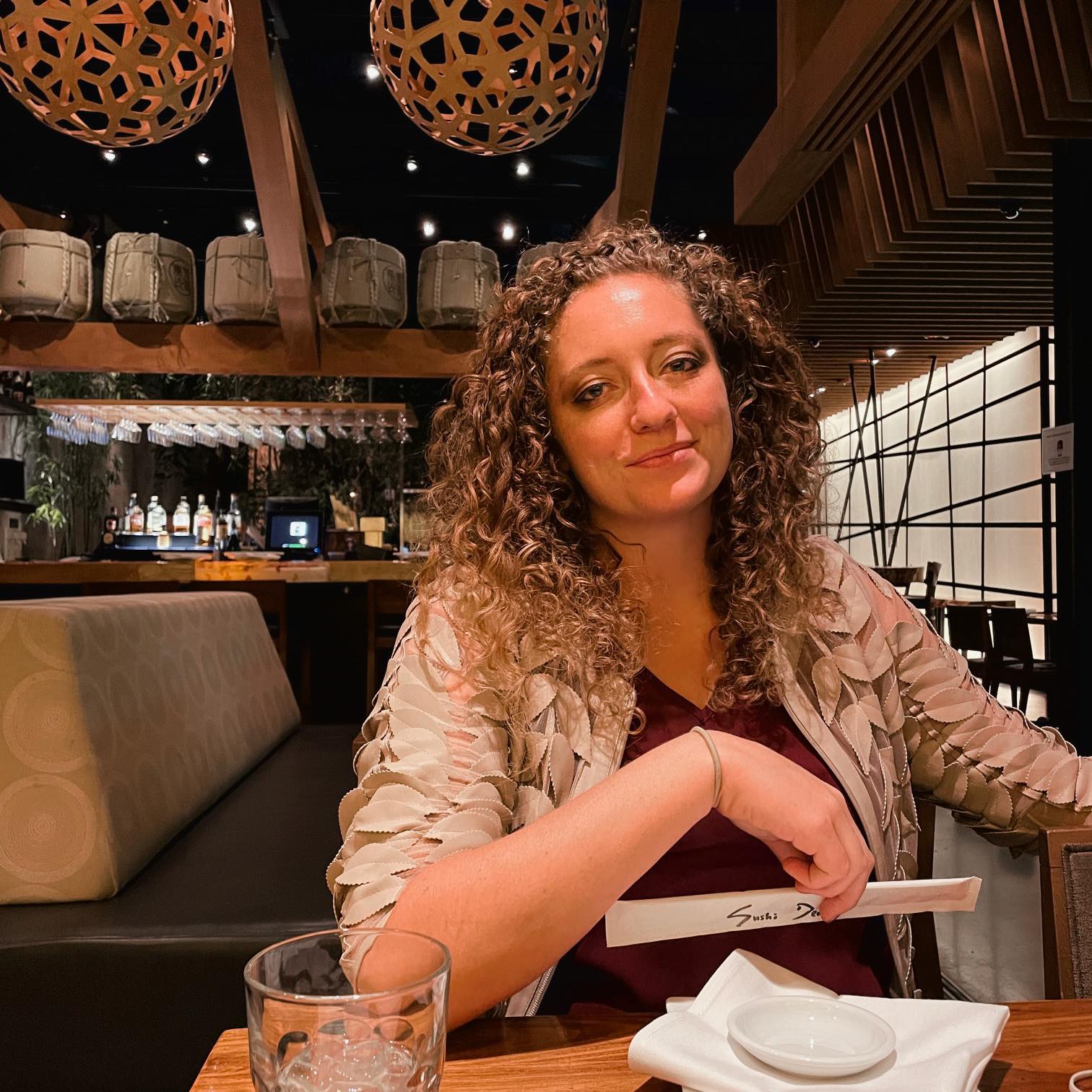Kaleidoscope Science
Kaleidoscope Science started in 2023 as an interdepartmental collaboration between myself, the Rocky Mountain Herbarium, and the Printmaking and Photography Professors at the University of Wyoming.
Kaleidoscope Science uses photo processes and printmaking to showcase the complexity of native Wyoming plants. These species are viewed through their ecology, natural history, traditional knowledge, and other scientific and cultural perspectives to engage the public in the art making process, Wyoming’s native biodiversity, the Rocky Mountain Herbarium, and species of conservation concern. To highlight the different aspects of each organism, we pair a screen print designed in a certain color/set of colors with a certain perspective and a corresponding narrative.
Screen printing was chosen as the artistic medium for this process because it combines technical processes with creative decision-making to build a distinct image. Each layer is carefully considered in its design, color, and alignment, thus each component contributes to the whole. The craft reinforces the multifaceted significance of the organisms depicted. Each text piece and color palette emphasizes a distinct component, while the repetition of layers unifies the series.
For example, we have conducted several community-focused events using Wyoming’s state flower, Castilleja linariifolia, where we invite people to learn about the various uses of C. linariifolia in art (red), culture (blue), history (yellow), and science (orange). After their research into those areas, participants did a screen print corresponding to their areas of research and then shared what they found. Examples of prints can be seen at kaleidoscopescience.org
With the support of the Wyoming Native Plant Society, as well as other small grants, Kaleidoscope Science was able to expand our audience this past year, taking art making and holistic collections-based research to K-12 classrooms in Laramie and Rock Springs. Planting that seed of interest in children is an important step in building a community that cares about native plants and all of the ways that we take care of them—from field-based conservation to the monitoring, research, and recordkeeping that herbaria facilitate. As Kaleidoscope Science moves into the next year, we will continue to expand, working in public venues such as farmers markets, craft fairs, and festivals, and reaching out to more K-12 schools around the state.
The Microbestiary
I became part of the Microbestiary in the Fall of 2018 to help run what was, at the time, a largely web-based platform. Over the last five years, the Microbesitary has expanded from primarily the website to include school visits and curriculum design, art gallery exhibitions, a children’s book, supporting an art post-baccalaureate, and even participating in an art/science residency on a sailing ship in the arctic.
Most recently, we have been working in collaboration with the University of Wyoming Art Museum(UWAM) to implement the Microbestiary Artist Residency, which will take place Spring of 2023. Three artists have been selected to come to the University and explore the world of microbiology, learning from the core facilities on campus, including the Integrated Microscopy Core, Genome Technologies Lab, Soil Microbiology Lab, and other graduate students and faculty involved in the EPSCoR Track-1 Micro Grant. They will also have the opportunity to interact with Univeristy of Wyoming Art Faculty, Laramie High School art students, and the broader public through a proposal talk and a public workshop. The goal of this residency is for the artists to make the charasmatic, unseen world of microbes visible, and to bridge art and science to increase public engagement. The residency will culminate in a semester long exhibition in the Pat Guthrie Special Exhibitions Teaching Gallery at UWAM.
Community Outreach Program for STEAM Engagement (COPSE)
In 2019, I co-founded a graduate student led outreach group, the Community Outreach Program for STEAM Engagement (COPSE), dedicated to bringing transdisciplinary work to schools around the state. Since then, we have worked with educators throughout the state, hosting a statewide conference to connect educators, outreachers, and resources at the University of Wyoming, and started a community outreach event night, Odd Bedfellows. Through Odd Bedfellows, experts, from seemingly disparate fields, are invited to come together and discuss outrageous connections between their fields of study, backgrounds, and interests. The event is open to the community, and our speakers range from the owner of the local bike shop to professors at the University.
